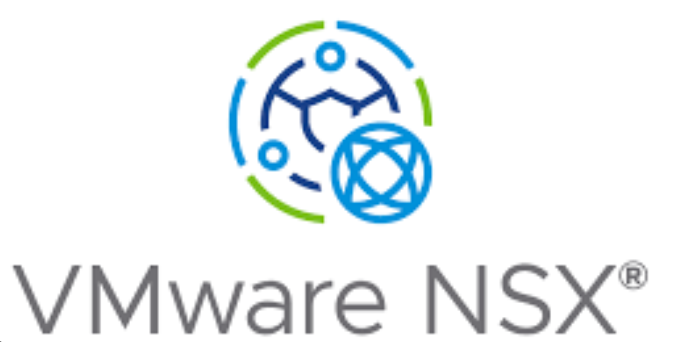
Setting up VMware NSX in Your Homelab: A Step-by-Step Guide
VMware NSX is a powerful networking and security platform that allows organizations to create, manage, and secure virtual networks in a software-defined data center. While NSX is commonly used in enterprise environments, it can also be a valuable addition to your homelab for learning and experimenting with advanced networking concepts. In this blog post, we will walk you through the process of installing VMware NSX in your homelab, helping you unlock the potential of network virtualization within your own environment.
Prerequisites
Before we begin, make sure you have the following prerequisites in place:
- A functional VMware vSphere homelab: You should have a vSphere environment set up and running, with a minimum of one ESXi host and vCenter Server.
- NSX License: Ensure that you have the necessary licenses to deploy NSX. VMware offers a 60-day evaluation period for NSX, which is ideal for homelab purposes.
- Sufficient Resources: Verify that your hardware has adequate resources for running NSX components, including memory, CPU, and storage.
Step 1: Download the NSX Manager OVA
Start by downloading the NSX Manager OVA file from VMware’s website. The NSX Manager serves as the central management component for NSX. Import the OVA into your vSphere environment using the vSphere Client or vSphere Web Client.
Step 2: Deploy NSX Manager
Once the OVA is imported, power on the NSX Manager virtual machine (VM) and go through the initial configuration process. Assign the NSX Manager an IP address, gateway, and DNS settings. This will allow you to access the NSX Manager web interface for further configuration.
Step 3: Register NSX Manager with vCenter Server
In the NSX Manager web interface, register the NSX Manager with your vCenter Server. This integration is crucial as NSX leverages vCenter Server for managing networking within your homelab.
Step 4: Download and Install NSX Controller Nodes
Next, download the NSX Controller OVA from VMware and deploy it within your vSphere environment. The NSX Controller nodes form the control plane for NSX logical switches and distributed logical routers.
Step 5: Prepare Hosts for NSX Installation
Before installing NSX, ensure that your ESXi hosts are prepared for NSX. Enable SSH and configure the appropriate firewall rules. NSX requires specific communication between the hosts, so validating the networking setup is essential.
Step 6: Install NSX VIBs on ESXi Hosts
Now, install the necessary NSX VIBs (vSphere Installation Bundles) on your ESXi hosts. These VIBs are responsible for providing kernel-based services and agents required by NSX.
Step 7: Configure NSX Transport Zones
Create NSX transport zones to define the scope of network virtualization in your homelab. Transport zones control which ESXi clusters can participate in NSX logical switching.
Step 8: Set Up NSX Logical Switching
With the NSX transport zones in place, create NSX logical switches to segment the traffic and isolate VMs within your homelab.
Step 9: Deploy NSX Edge Services Gateway (ESG)
The NSX Edge Services Gateway provides routing and other network services. Deploy an NSX ESG to connect your homelab network to external networks or for advanced routing capabilities.
Step 10: Enable Distributed Firewall (DFW)
The NSX Distributed Firewall (DFW) is a powerful, distributed firewall that provides micro-segmentation and security policies at the VM level. Configure DFW rules to enhance the security of your homelab.
Installing VMware NSX in your homelab opens up a world of possibilities for learning, experimenting, and gaining hands-on experience with advanced networking and security technologies. By following this step-by-step guide, you can successfully set up NSX within your vSphere environment and unleash the potential of software-defined networking in your own home.
Remember to take advantage of VMware’s official documentation and online communities for additional support and troubleshooting tips. Happy networking!
